






Orchids are popular potted flowers. The species of these plants include over 30,000 varieties. Phalaenopsis and dendrobium orchids usually appear in homes. Some find their care demanding, but the beautiful appearance of plants quickly repays the effort put into growing. During flowering, orchids become white, yellow, or dark pink. There is also no shortage of multi-coloured varieties, with dotted and striped flowers.

A single monstera leaf can be up to 60 cm in size, and there are characteristic notches on its surface. In domestic conditions, the plant grows up to 3 m in height. In its natural habitat, it is a creeper that grows on tree trunks in rainforests. Despite its impressive size, the monstera does not grow quickly. It produces about three new leaves per year, the structure of which at the beginning is smooth and has no notches. However, they do appear over time. A pot plant requires support and fairly frequent repotting. It must also be provided with adequate air humidity and access to light.

The peace lily is interchangeably called a house lily. In homes, it is grown as a houseplant, which decorates the interiors with green leaves and characteristic flowers. They persist on the stems for a relatively long time and in some cases, this lasts up to several months. Naturally, the flower is found in tropical forests. In cultivation, not only its aesthetic qualities are appreciated, but also its practical properties. The peace lily finds a place among the plants that positively affect the air condition in the home. It cleanses them of some poisonous compounds, so it is recommended in bedrooms, living rooms and offices.

Individual species of yucca can be grown at home or in the garden. Home varieties grow in pots, and their characteristic feature is a woody stem and oblong leaves, which by growing from the top of the stem make the plant similar to a palm tree. Yucca grown in a pot bloom quite rarely. Species planted in the garden, in turn, have relatively low-lying leaves arranged in the shape of a rosette. Their most impressive part is a long stem with bell-shaped flowers. It creates a unique decoration of the plot or garden both when yucca is planted individually and in a group.

The lawn is recommended to be set up in late spring or early autumn. Before sowing seeds, you need to properly prepare the ground, as well as buy a grass mixture adequate to the method of use. A different type of turf will work in the park and green areas, and another in a home garden performing decorative functions. However, sowing is not enough to obtain compact, dense and intensely green grass. Systematically repeated care treatments, such as irrigation, fertilization and mowing, will be necessary to help ensure the beautiful appearance of the turf.
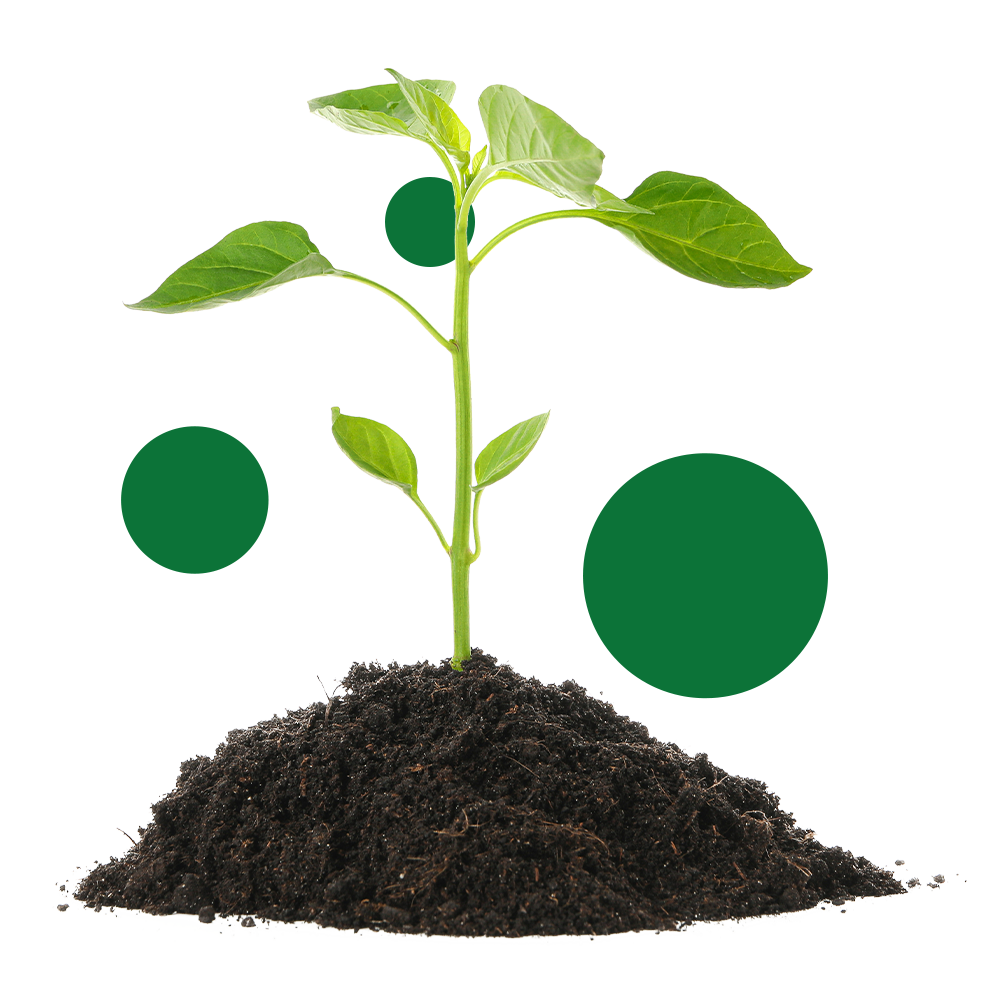
March is the perfect month to prepare seedlings. At this time, the seeds of selected plants should be sown at home or in a warm greenhouse to prepare the seedlings for further cultivation. Seedlings are made for thermophilic plants or with a long vegetation period. This is also done to obtain earlier yields. You can grow vegetables as well as flowers and herbs in this way. Usually, lettuce, petunias, pansies, tomatoes, zinnias, peppers and cabbage are grown from seedlings. Some also choose to sow basil, onions, cauliflower, leeks and Brussels sprouts.

A popular variety of blueberry grown in gardens is the American Blueberry. In fact, this species is derived from highbush blueberry and is valued primarily for the sweet taste of the fruit, as well as the wide possibilities of their use in the kitchen. In addition to eating raw, blueberries are suitable for desserts, as well as the creation of preserves. Shrub cultivation is common especially in America and Europe, and Poland can boast of a special position among the leading American blueberry producers on our continent. As a country, we are one of the largest exporters of these fruits in the region.

Strawberries are grown mainly for their sweet fruits. They are used in the kitchen, where they are used to produce preserves, enrich cakes, make liquid desserts or eat raw. The number of strawberry varieties is very large, and among them climbing species are mentioned. Individual types of plants differ from each other in the appearance of fruits, their taste and even colour. Few people realize that strawberries actually come from wild strawberries and are called ‘domesticated wild strawberries’ by some.

There are several thousand varieties of ornamental roses. Flowers of various colours grow on the shoots of plants, and the bushes themselves differ from each other in height, length of twigs or requirements for the place of cultivation. In the gardens you can find the likes of border roses, climbing roses, miniature roses or multi-flowered roses. Some of them grow in the ground, and others are grown in pots. Some smell beautiful, while some have prickly spines on the stems. In addition to the decorative function, roses play an important role in cosmetics and in the kitchen. They are used as ingredients in cosmetics, as well as for the production of preserves or syrups.

Garden hydrangea has characteristic flowers, which usually gather in dense clusters of spherical shape. They range in colour from red, pink, white, and blue. In some cases, the colour of the petals changes as it fades. In the case of garden hydrangeas, the colour of the flowers will be related, among others, to the reaction of the soil. The more acidic, the bluer the flowers, and the more alkaline – the redder. However, this will not happen in the case of white colouring of flowers that do not change their colour.

Azaleas are part of the large and popular rhododendron family, which is why they are sometimes referred to as this. However, they should not be confused with roseroots, which are also rhododendrons, but they are a slightly different group of plants. Azaleas are most often low shrubs, with orange leaves in autumn which fall off completely in winter. In warmer seasons, beautiful flowers of many shades appear on the stems. In the gardens there are, among others, pink, white, yellow or red azaleas. Depending on the variety, they bloom between mid-April and the end of June.

Geraniums Pelargoniums are popular balcony and terrace flowers. They bloom for a relatively long time, so the pots planted with them are placed in visible places. Colourful petals persist on the shoots from May even to the first weeks of autumn. Some species of geraniums have multi-coloured leaves, while others give off a pleasant aroma. There are known species with leaves that smell like citrus or rose, among others. Geranium flowers come in a variety of colours. Especially popular are pink, red, purple or white colours of the petals.
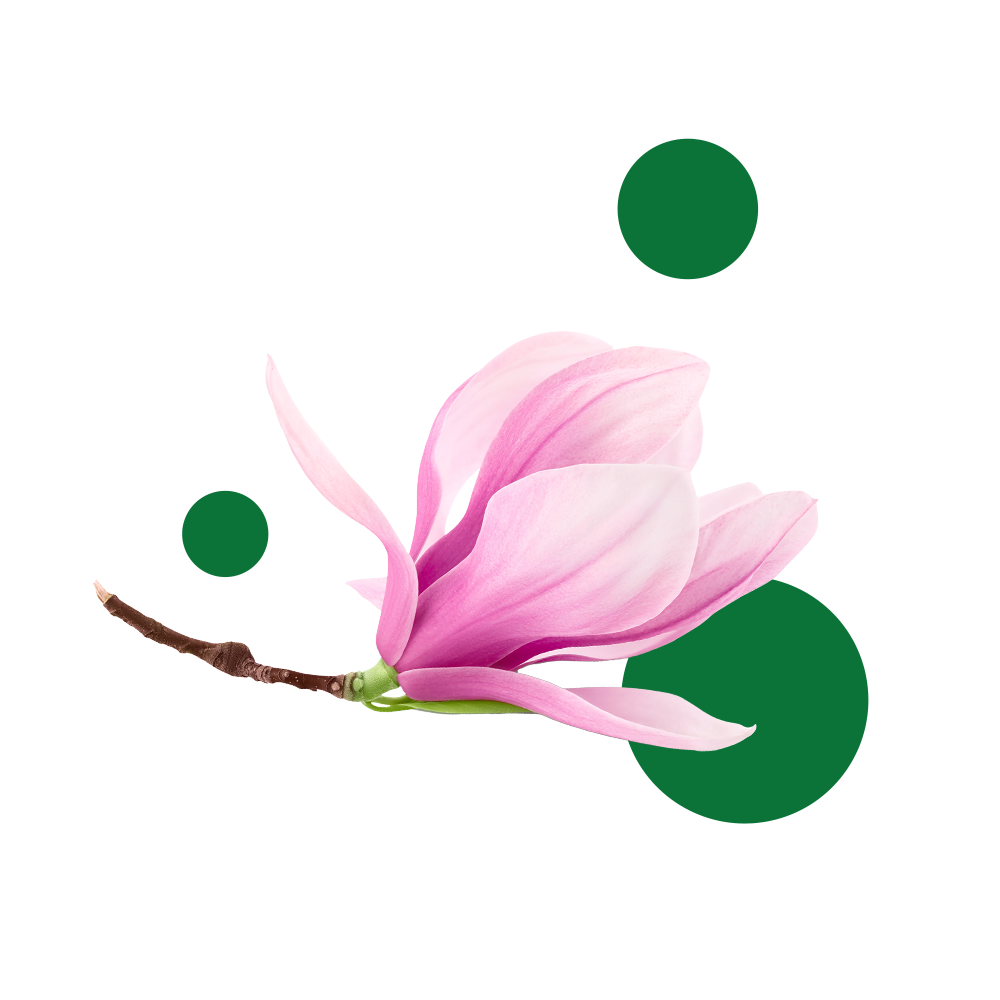
Magnolias are valued for their decorative qualities. In the spring, these large shrubs or trees release impressive flowers that adorn the branches with pink, purple, white or yellow petals. Magnolia cultivation in Poland is possible, although many people find it difficult. This is due to the relatively harsh climate for the plant that occurs in our country. However, following a few rules of care and knowing the requirements for cultivation, you can grow beautiful magnolias in your garden.

Vine shoots grow up to several meters. They cling to the supports with the help of a tendril, creating an impressive curtain in the garden or on the plot. Vines are usually planted on pergolas or near the walls of buildings. Leaves grow from the shoots, and a single one can be several centimeters wide. The fruits are made from small flowers, and after picking, wine, wine vinegar, raisins and jams are made from them, among others. Fresh fruit can also be used as a base for juices or eaten immediately after harvesting.
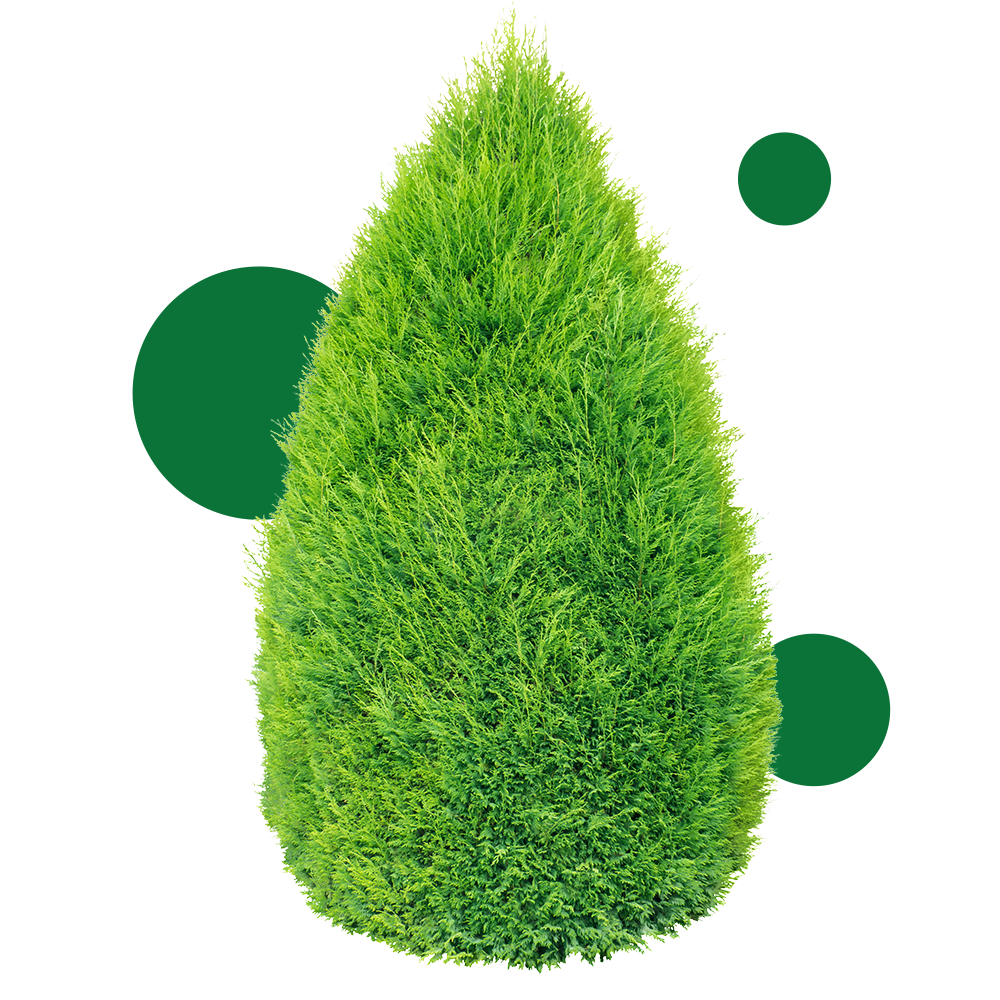
Coniferous plants include many species of trees and shrubs. In gardens, seedlings of arborvitae, spruce, yew, juniper, fir or cypress are especially popular. They are planted in the form of a hedge or individual trees, and their cultivation is not particularly demanding. Plants are multi-seasonal, mostly resistant to frost and pests. Some of them can be trimmed, which allows you to give them various shapes. Despite easy cultivation, it is worth knowing how to care for conifers – especially in winter, when they will need exceptional care.

The intense colour of lavender makes the plant very characteristic. Most often, the flowers are purple, but some varieties bloom white and pink. Small flowers on oblong stems give off a pleasant smell, which has calming properties. In addition to aesthetic qualities, lavender also has practical features. Its smell repels some pests and insects.
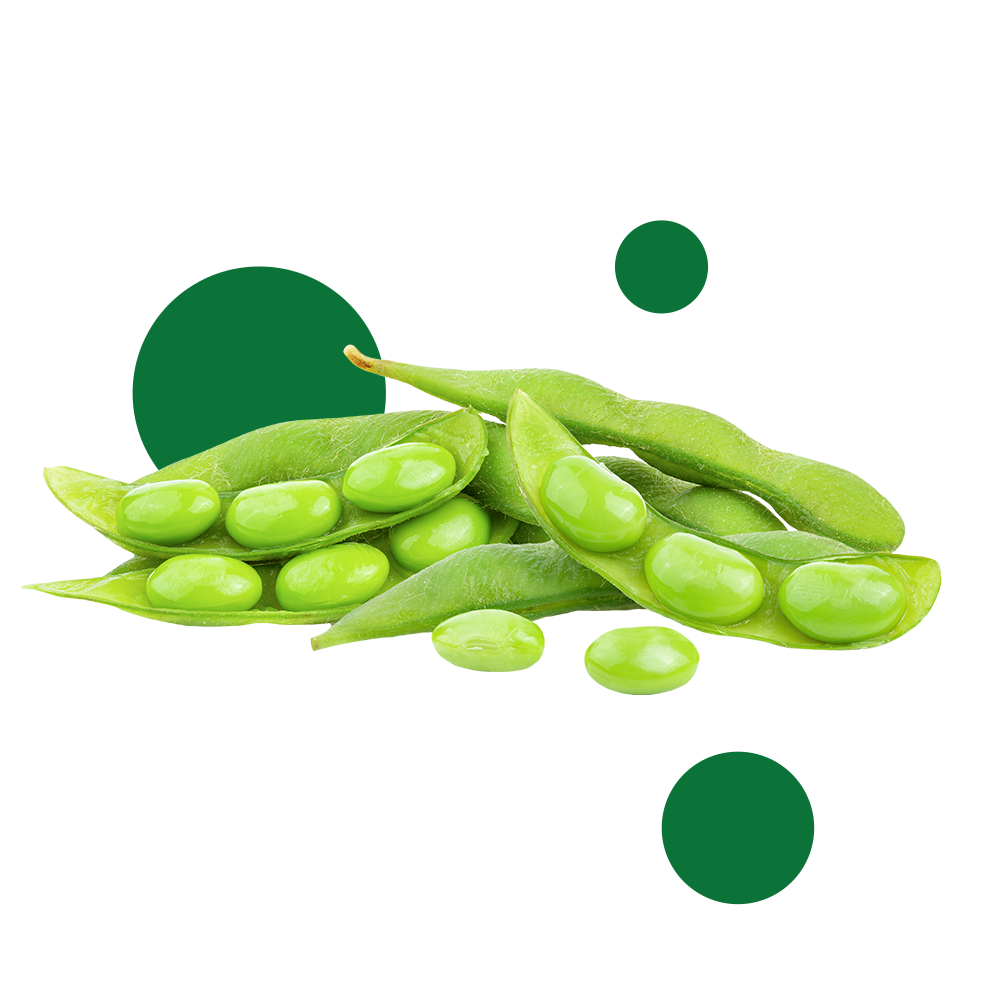
Beans belong to legumes. Individual varieties differ from each other in seed size, ripening time, colour of pods and stem height. The seeds of the plant are used in home cooking, but also for making canned food and ready-made dishes. They should be processed before consumption, as eating raw beans can be dangerous. Some varieties contain natural toxins that are neutralized only after cooking.
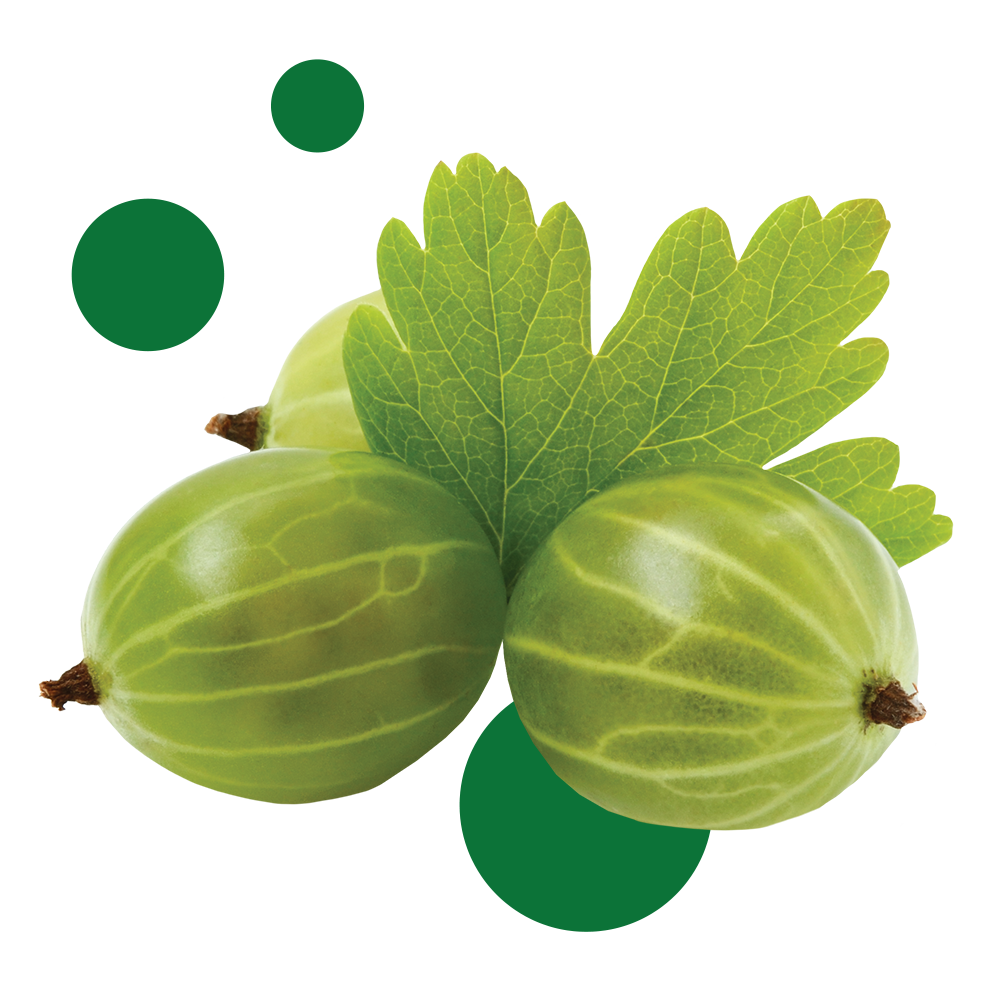
Gooseberries are a relatively small shrub with green, yellow or red fruits. They can be eaten raw, added to cakes, dried, and also made into preserves. For making jams and jellies, hard fruits are best suited. More ripe and soft ones should be picked for raw consumption, because that’s when they are the sweetest. When reaching for gooseberries, you need to be very careful, because the shoots of some varieties of the bush are covered with prickly spines.
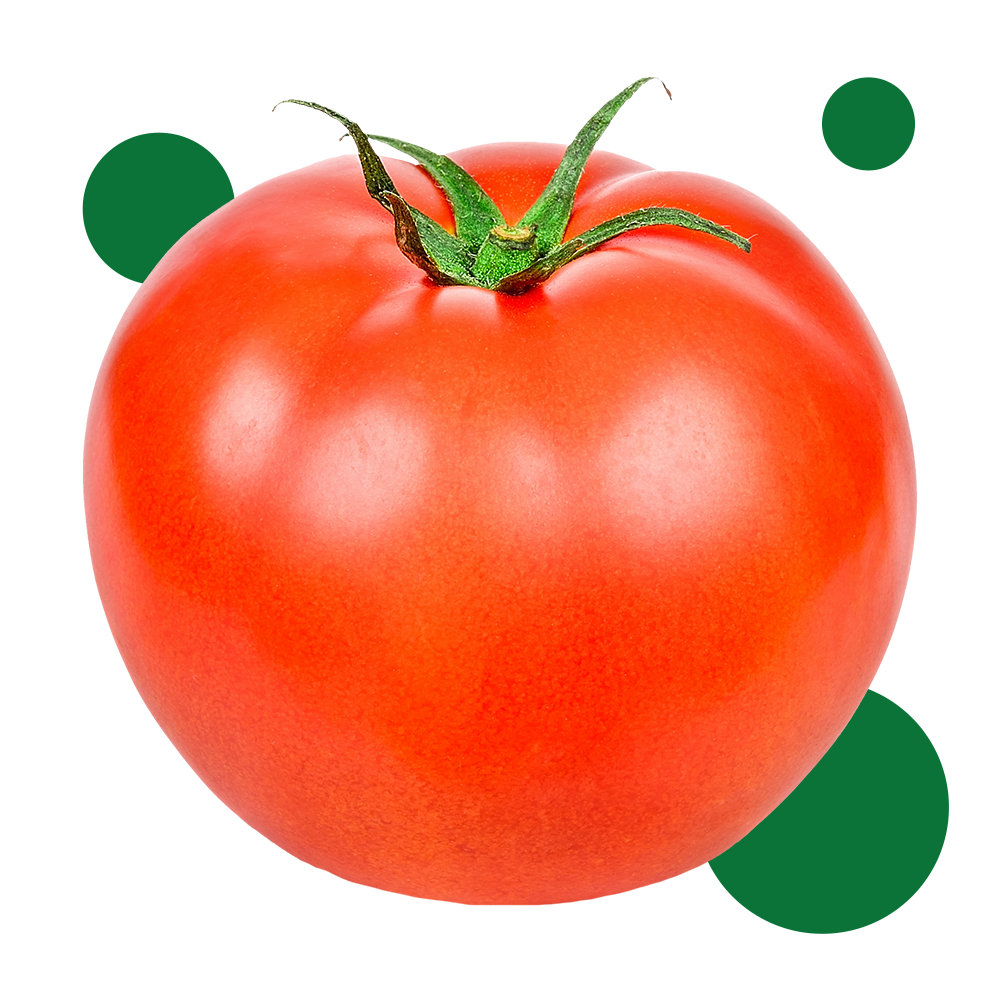
Tomatoes are grown mainly for their taste qualities. Depending on the species, the fruits have a spherical shape, are elongated or similar to peppers. Their sizes and colours are also different, and in addition to the traditional red, you can come across green, yellow, orange and black tomatoes. In Poland, the plant is annual due to frosts occurring in our climate, but in warmer regions of the world it is cultivated for many years.

Cabbages grow on all continents except Antarctica. In Poland, these plants grow as cultivated and feral species. One of the varieties of brassicas is rapeseed, from which edible oil and biodiesel are produced. In addition, cauliflowers and broccoli are also included. Growing cabbage is not difficult, hence they can often be found in the garden – especially the white and red varieties. After harvesting, vegetables can be stored until spring, provided that they have a sufficiently low temperature and high humidity.

Pumpkins are one of the most colorful plants in cultivation. Their fruits have intense colours and, depending on the species, take on an orange, yellow, green or white shade. Usually, a single pumpkin fruit has a weight of a few to even 200 kg, but in the case of a giant pumpkin, the weight of one specimen can exceed even 1000 kg. Pumpkins are used as ingredients for dishes in the kitchen, autumn decorations of homes and gardens, as well as exhibits of unusual exhibitions. All over the world, including Poland, special events dedicated to pumpkins are organized. Not only traditional specimens are presented there, but also pumpkins in gigantic sizes.

Potatoes are one of the most popular vegetables in Poland. Their cultivation is simple, so they are often found in gardens and plots. However, the difficulty is caused by pests attacking these plants. The most common of them is the Colorado potato beetle, which feeds on leaves, flowers and stems, which can cause considerable losses in crops. The edible part of potatoes grows underground, while the above-ground fragments contain poisonous compounds. We are talking about solanine, which is present in unripe vegetables, shoots and potato flowers. Vegetables are not eaten raw, so they must be boiled or baked.
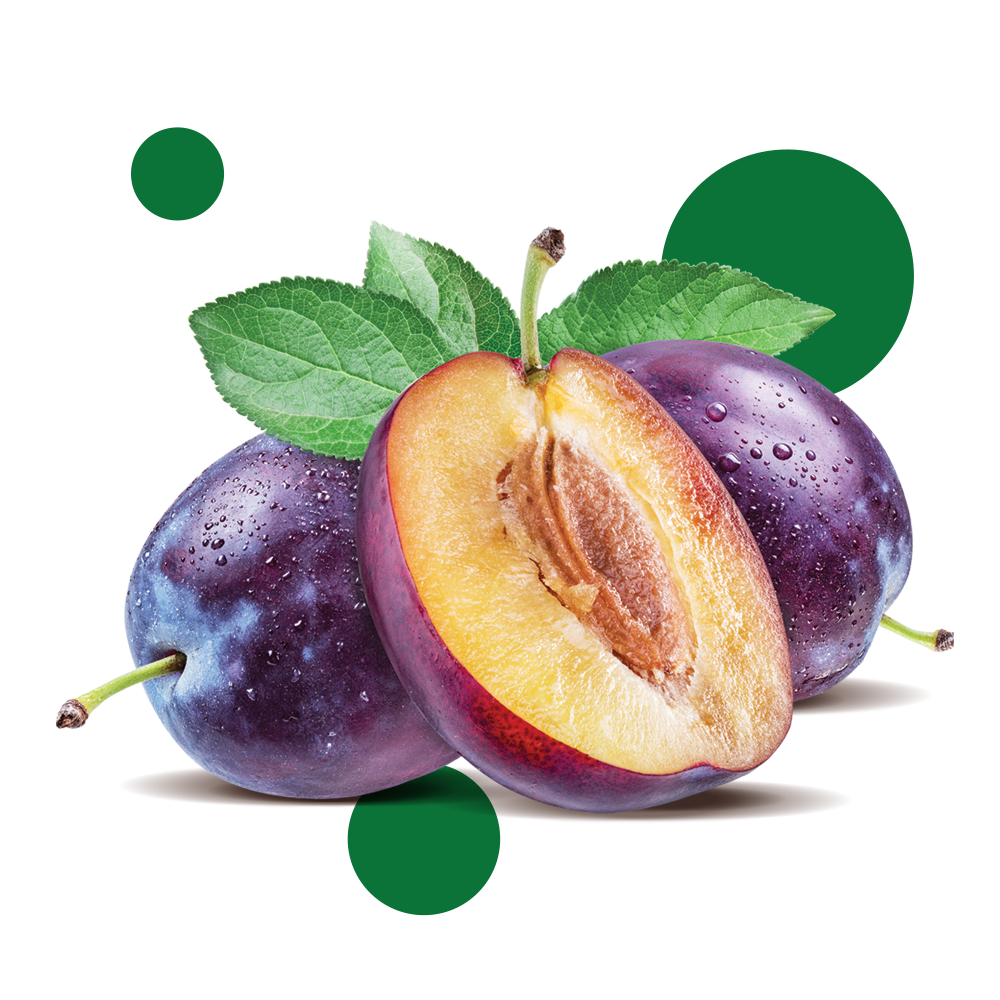
Several species of plum are grown in Poland, including Hungarian plum, renkloda and round plum. Mirabelle trees are also included in this type of trees. Their fruits can be eaten in several ways including unprocessed, in dried form, or as plum jam, ordinary jam and compotes. Plum trees can occur in the form of a tree as well as a shrub.
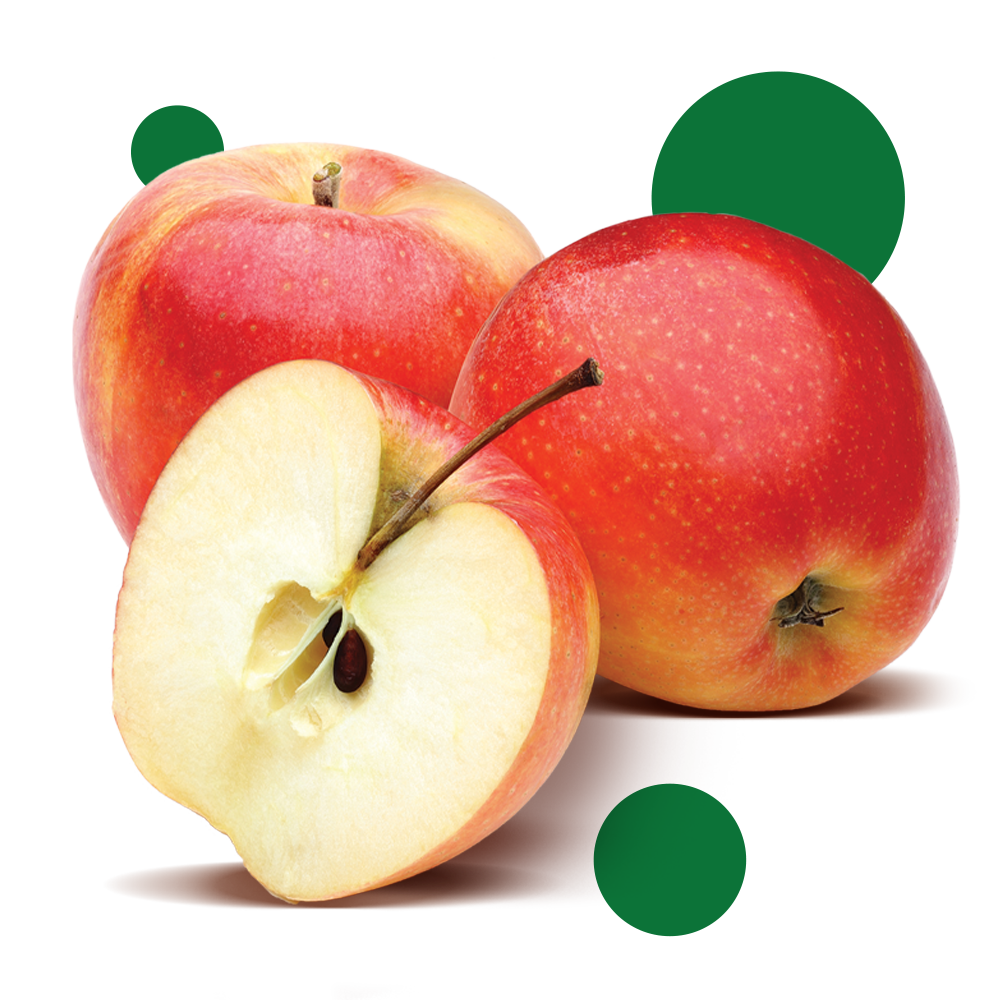
There are many varieties of apple trees in the orchards. Popular types include antonówka, jonagold or discovery. Some species are cultivated for harvesting fruit, others as ornamental plants, and some for the purpose of obtaining wood. Trees can be found mainly in the temperate zone of the northern hemisphere. In the kitchen, apples are used to make juices, compotes, cakes, and due to their sweetish taste, they can be eaten raw.
A single tree can grow several meters high. From white, small flowers grow fruit, which in wild plants grow up to 7 cm in diameter and are usually larger in the case of cultivated apple trees. Seedlings are placed in positions sheltered from the wind and sunlight – the more access to the sun, the more flowers and leaves. They are usually planted in the fall. Trees grow well in fertile and moist soil, and they require frequent watering immediately after planting. The flowering period begins in late April and lasts until mid-May.
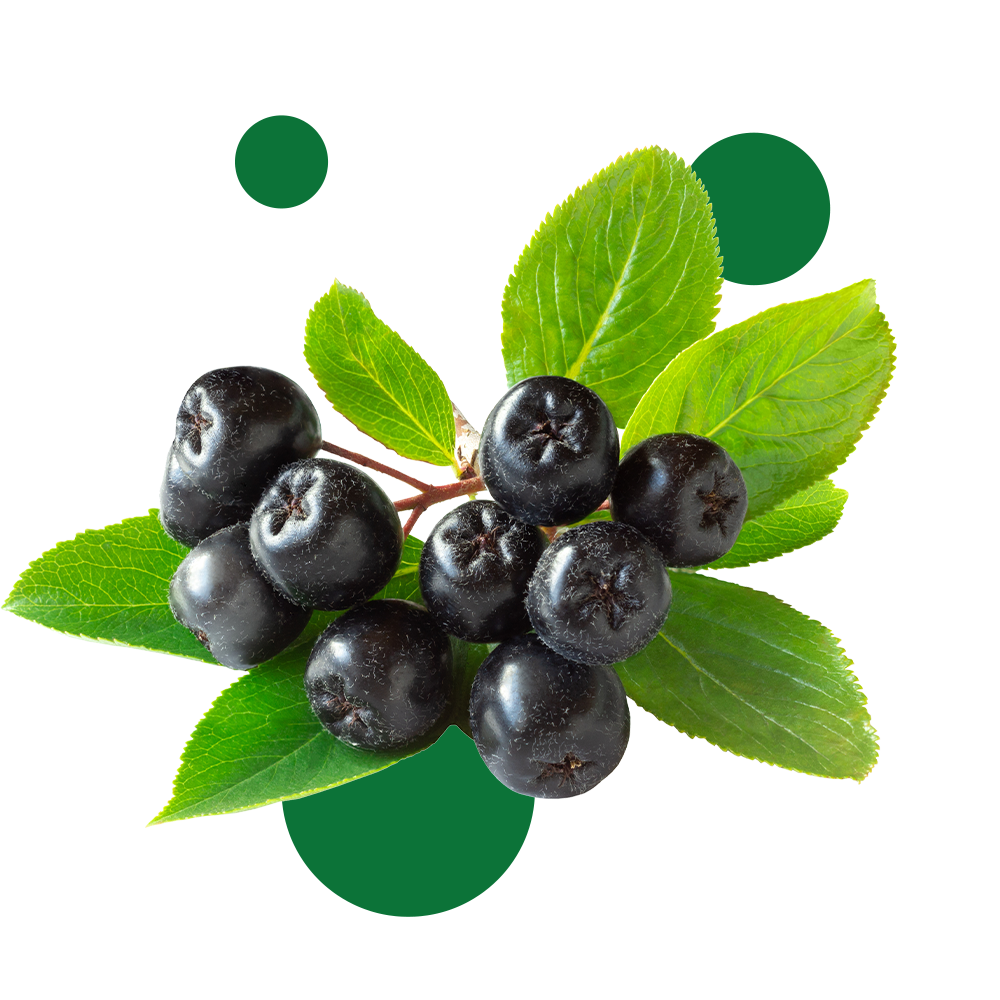
Chokeberry bushes belong to the rosaceae family. In Poland, black chokeberry is especially popular, cultivated because of its edible fruits. Without processing or freezing, they have a tart taste, and jams, juices, preserves, tinctures and even natural dyes are often made from them. In the autumn the bush leaves in the take on a strong orange, and then red coloration. For this reason, chokeberry is increasingly planted in the garden as an ornamental plant.
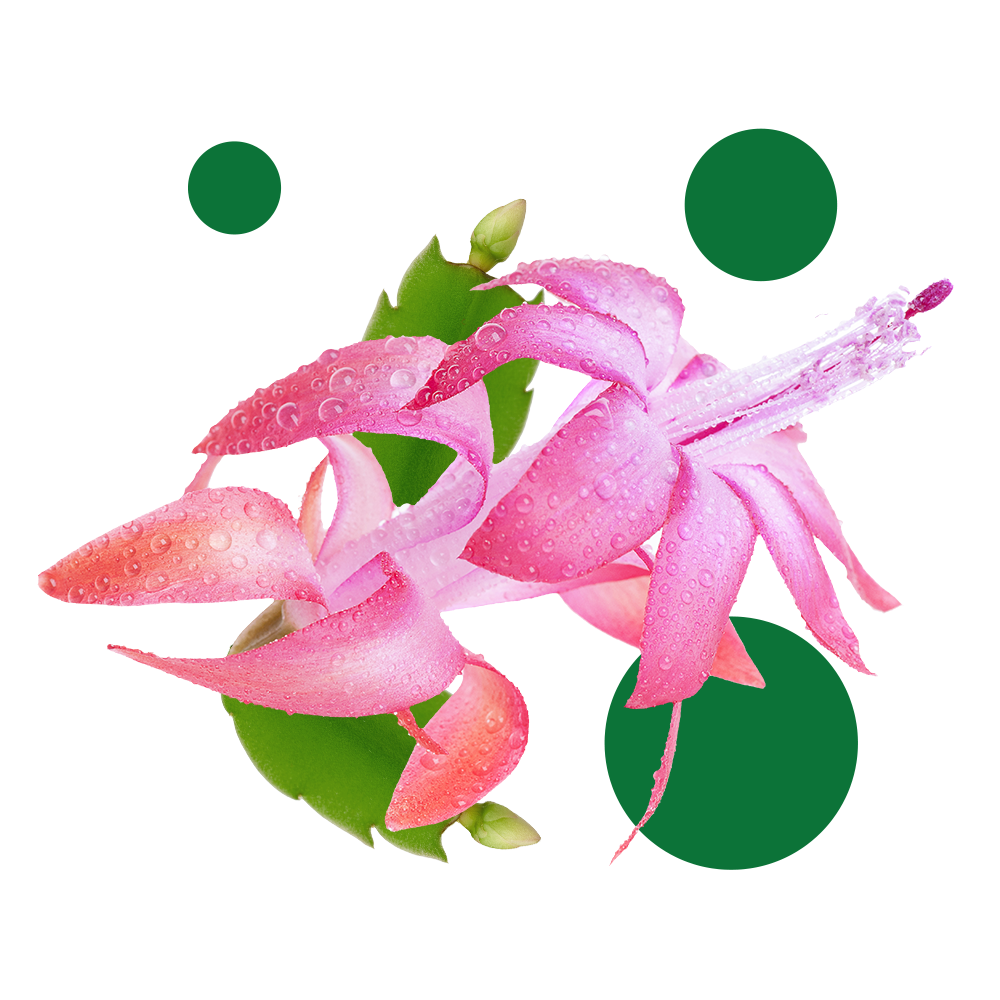
Grudnik is interchangeably called schlumberger, zygocactus or Christmas cactus. Its name comes from the flowering period, which falls mainly in the winter months. The plant is classified as a cactus, but unlike traditional cacti, it does not have spines. It also likes to be watered and does not tolerate the period of drought. It was brought from South America, where it was covered with rainforests.
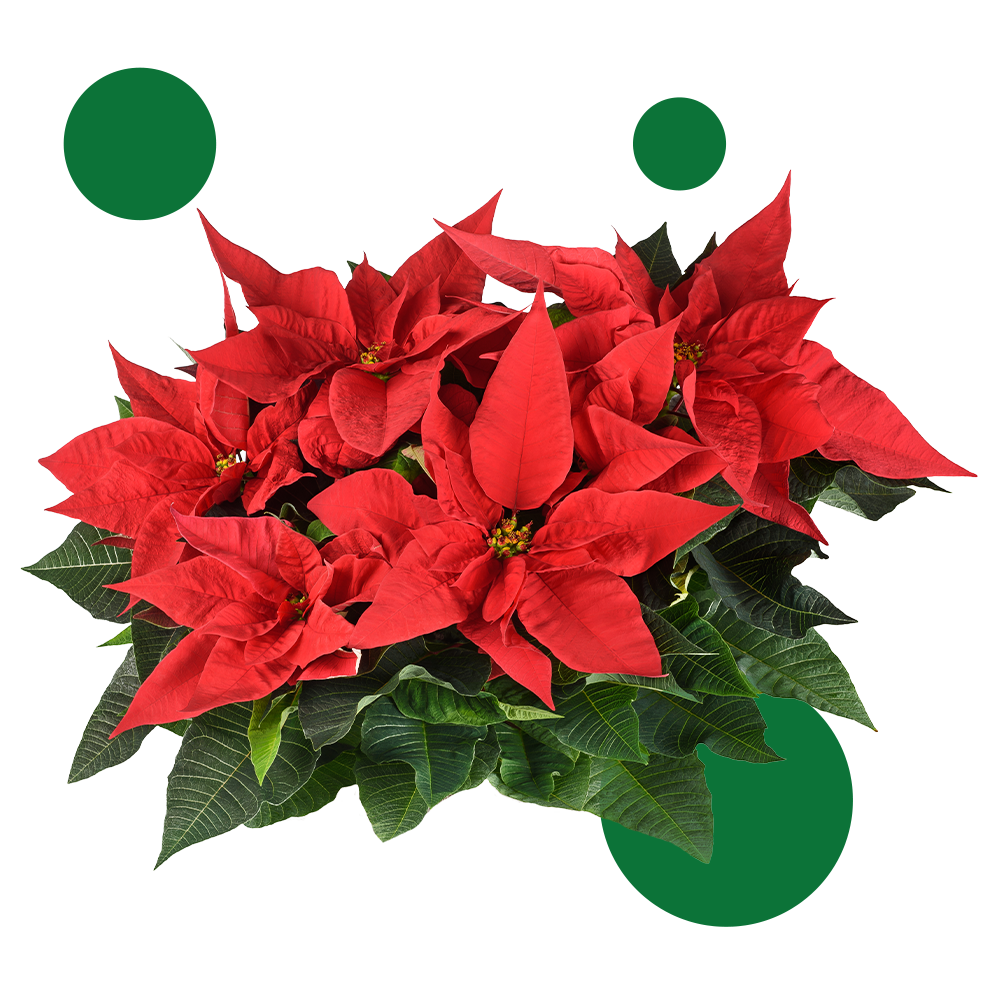
The poinsettia is called interchangeably spurge. Although the plant can be purchased at florists throughout the year, it is especially popular during the Christmas period. Many people use it to decorate apartments and offices, because it is at this time that the poinsettia releases intensely colored leaves called pituitary glands. They are located just under the small and almost invisible flowers and are responsible for the characteristic appearance of the plant. Depending on the variety, the pituitary gland can be red, pink, white or yellow cream.